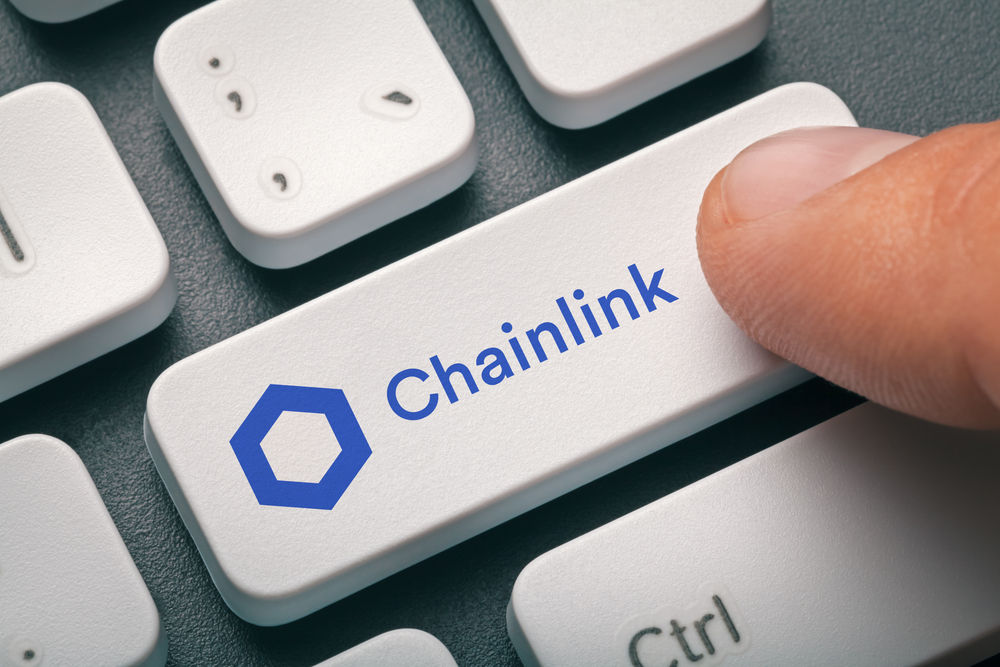Chainlink has implemented its Payment Abstraction feature on the mainnet. This enables users to pay fees in a range of cryptocurrencies. Subsequently, these fees are seamlessly converted into LINK.
The system simplifies the experience for both developers and consumers by eliminating the complexity of managing multiple cryptocurrencies for payment.
How Chainlink Payment Abstraction Works
Payment Abstraction, a group of on-chain smart contracts, simplifies paying for Chainlink services. It allows users to pay fees in a wide array of tokens across various blockchain networks.
The fees are combined into a single blockchain through Chainlink’s Cross-Chain Interoperability Protocol (CCIP). Chainlink Automation and Price Feeds transform the fees into LINK, which is sent to service providers, such as node operators and stakeholders.
The system’s four crucial phases are automated conversion, distribution, cross-chain consolidation, and multi-token acceptance.
Multi-token acceptance enables users to pay fees in their preferred token, whether the native blockchain token, stablecoins, or even their project tokens.
Cross-chain consolidation combines fees collected in various tokens onto a single blockchain using CCIP. Decentralized exchanges (DEXs) and Chainlink’s automation tools convert these into LINK through automated conversion.
Finally, the converted LINK goes into dedicated contracts for withdrawal by service providers, including node operators and stakers.
The key benefit of this system is that it simplifies payments and ensures that all fees ultimately flow into the Chainlink ecosystem as LINK, reinforcing its role as the network’s core utility token.
Enhanced Utility and Integration into Other Services
Payment Abstraction directly increases the demand for the LINK coin by enabling fee payments in various tokens while converting them into the native token. Besides simplifying billing, it also enhances the token’s utility across multiple use cases.
Additionally, as more developers familiarize themselves with and adopt the system, the volume of transactions involving LINK has the potential to grow.
The system is already being integrated into other Chainlink offerings. For example, it drives fee payments in Secure Value Recovery (SVR), where fees credited to Chainlink are immediately converted into LINK before distribution.
This innovation allows customers to pay fees in any accepted cryptocurrency, automatically converting them to LINK. Thus, it eliminates developer friction while growing the Chainlink ecosystem.
READ MORE: PumpSwap on Solana Breaks $2.5B Volume as Memecoins Slump












